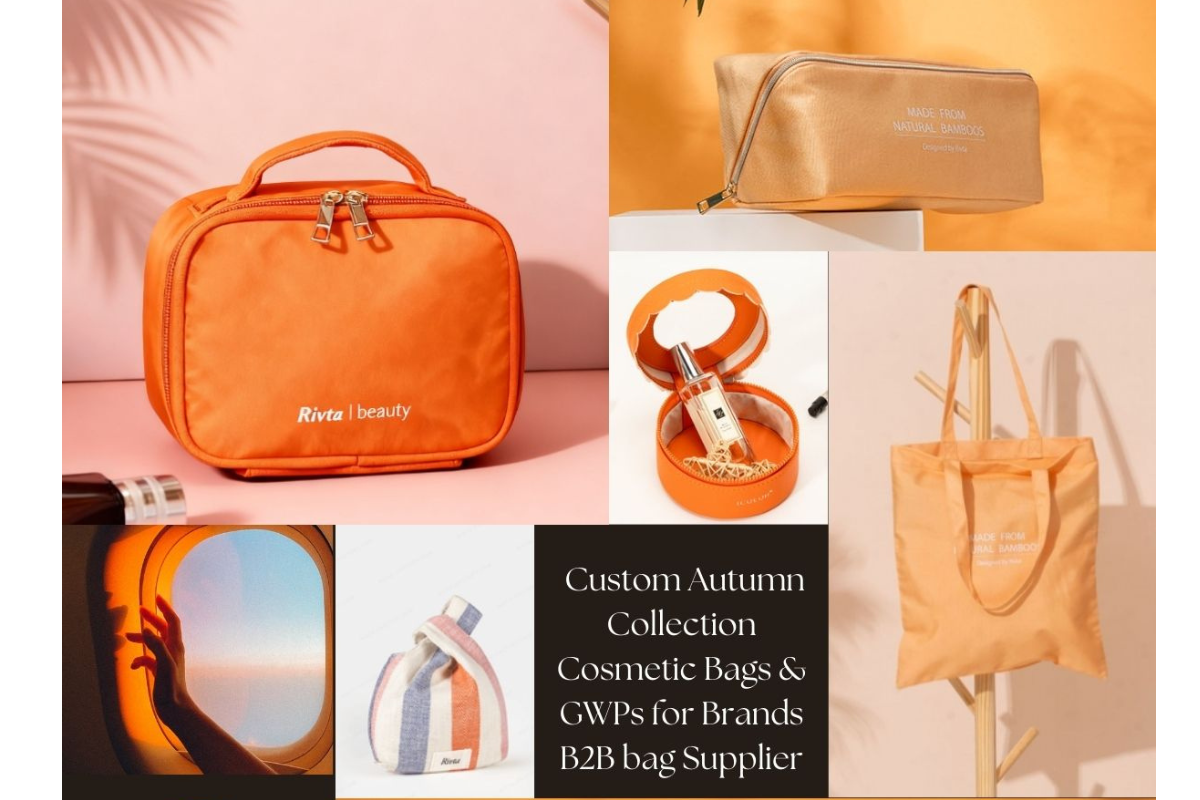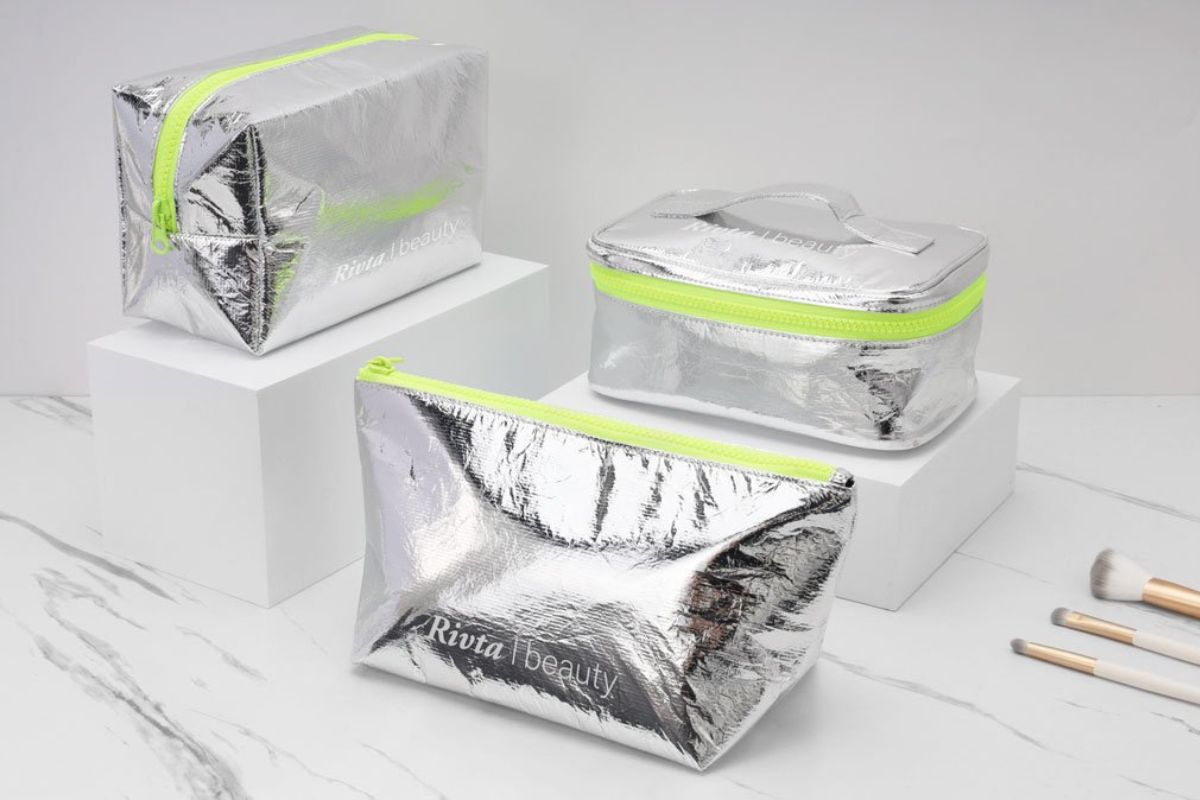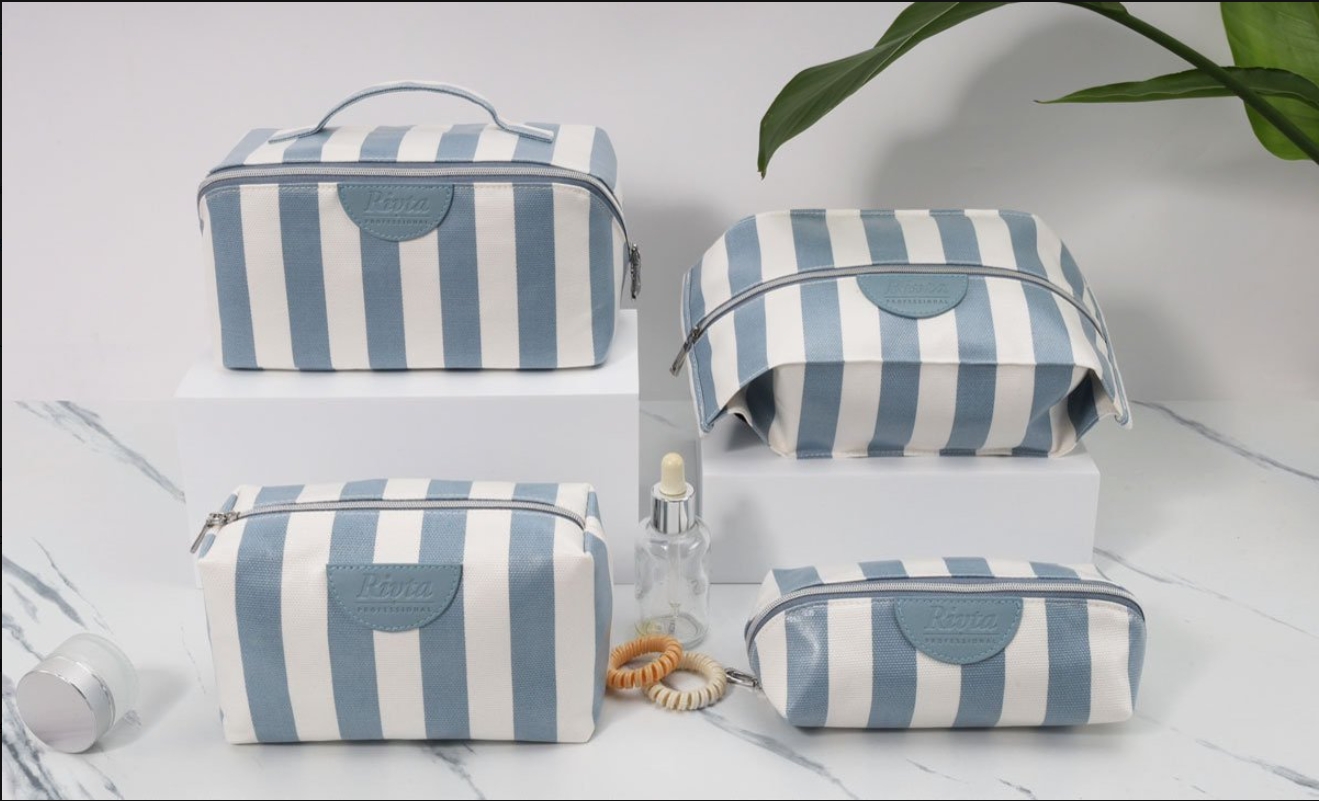What is the True Cost of Wholesale Makeup Bags?
Chasing the lowest price on makeup bags? This often leads to quality issues and hidden fees that destroy your profit margins and brand reputation. Let's uncover the real numbers.
The true cost of a wholesale makeup bag includes the unit price plus hidden expenses like shipping, tariffs, rework due to poor quality, and brand damage. True value comes from a supplier who prevents these issues through partnership and quality control.
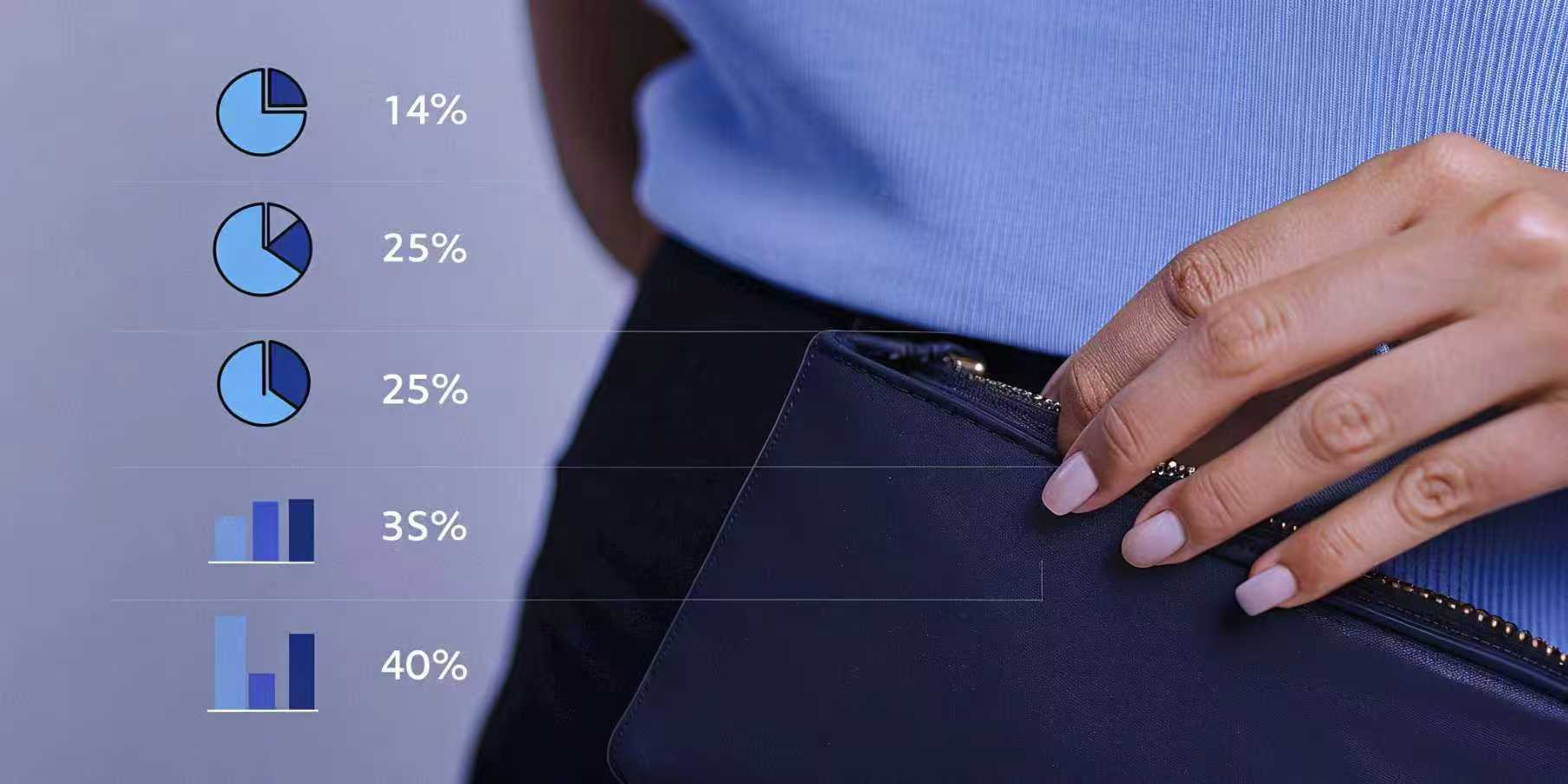
I have seen brands make costly mistakes by focusing only on the number on an invoice. The sticker price is just the beginning of the story. A cheap bag can become the most expensive mistake you make when you factor in everything that can go wrong. Let's break down what you're really paying for, so you can make a smarter, more profitable decision for your brand.
Beyond the Price Tag: What are the hidden costs of your makeup bag inventory?
You just received a cheap quote. It feels like a big win, but surprise fees and quality problems can quickly turn that great deal into a financial disaster for your brand.
Hidden costs include shipping, customs duties, quality control failures requiring re-orders, communication delays causing missed deadlines, and the long-term cost of reputational damage from a poorly made product. Choosing a quality partner mitigates these risks.
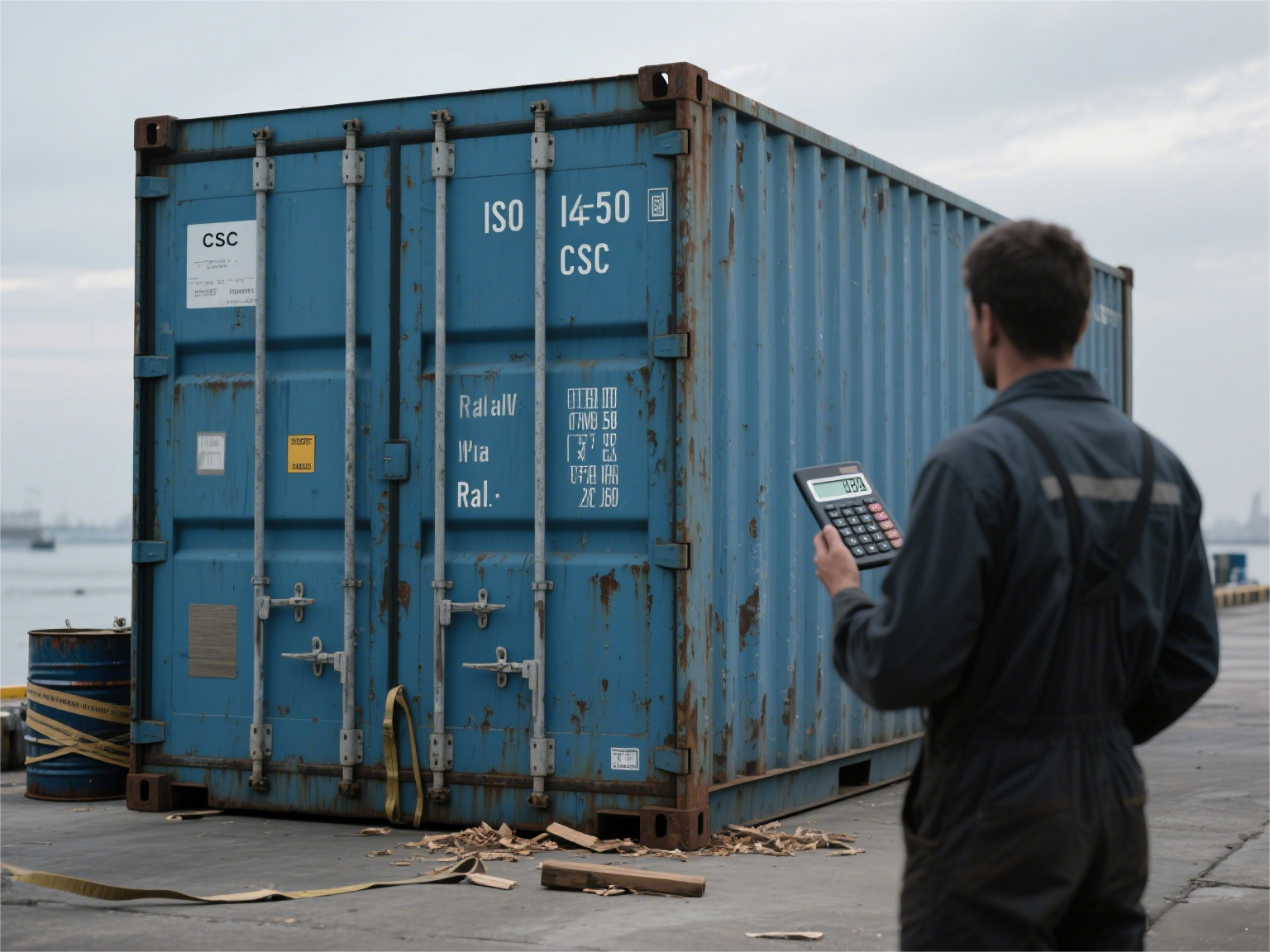
The unit price you are quoted is just one piece of a much larger puzzle. I once consulted for a brand that was so excited about saving $0.50 per bag with a new supplier. However, the supplier's communication was poor, and the final bags arrived with misaligned logos right before a major holiday promotion. The cost of air-freighting replacements and the lost marketing opportunity was ten times their initial "savings." This is a painful but common story. True cost is about understanding your Total Landed Cost and the potential risks to your brand's reputation. At Rivta, our mission is to deliver value, not just a low price, by ensuring these hidden costs never surprise you.
The Anatomy of Your Landed Cost
Your landed cost is what it actually costs for each bag to arrive at your warehouse, ready to sell. It's the unit price plus all the logistics. This includes the shipping terms (like FOB, Free On Board), ocean or air freight, insurance to protect your investment during transit, and any tariffs or customs duties your country imposes on imported goods. A good supplier will be transparent about these costs and help you navigate them.
The Intangible Costs of Poor Quality
These are the costs that don't appear on an invoice but can be even more damaging. A batch of bags with faulty zippers or sloppy stitching leads to negative customer reviews, which can harm your brand's image for years. It also drains your customer service team's resources as they handle complaints and returns. This erodes customer trust and loyalty, which is incredibly expensive to rebuild. Investing in a supplier with rigorous quality control, like our multi-stage inspection process at Rivta, is an investment in protecting your brand's future.
| Cost Category | Example Calculation (per bag) | Impact on Your Business |
|---|---|---|
| Quoted Unit Price | $2.00/bag | The visible, initial investment. |
| Logistics & Tariffs | Shipping, insurance, duties (+ $0.75/bag) | Increases the "landed cost" of each item. |
| Quality Failures | 5% defect rate needing replacement (+ $0.15/bag) | Kills profit margin and causes inventory delays. |
| Brand Damage | Negative reviews, lost customer trust ($$$$) | Long-term, unquantifiable financial disaster. |
| True Cost Per Bag | $2.90 + Brand Risk | The real number you should use for planning. |
From Factory to Face: How do you source high-quality wholesale cosmetic bags?
Sourcing can feel like a maze. You need high-quality bags that perfectly represent your brand, but finding reliable, trustworthy suppliers often seems like an impossible task. Let's simplify the process.
Source high-quality bags by first defining your needs (material, size, quantity). Next, research and vet potential suppliers by checking their expertise, ordering samples, and verifying their ethical and quality certifications. A strong partnership is key.
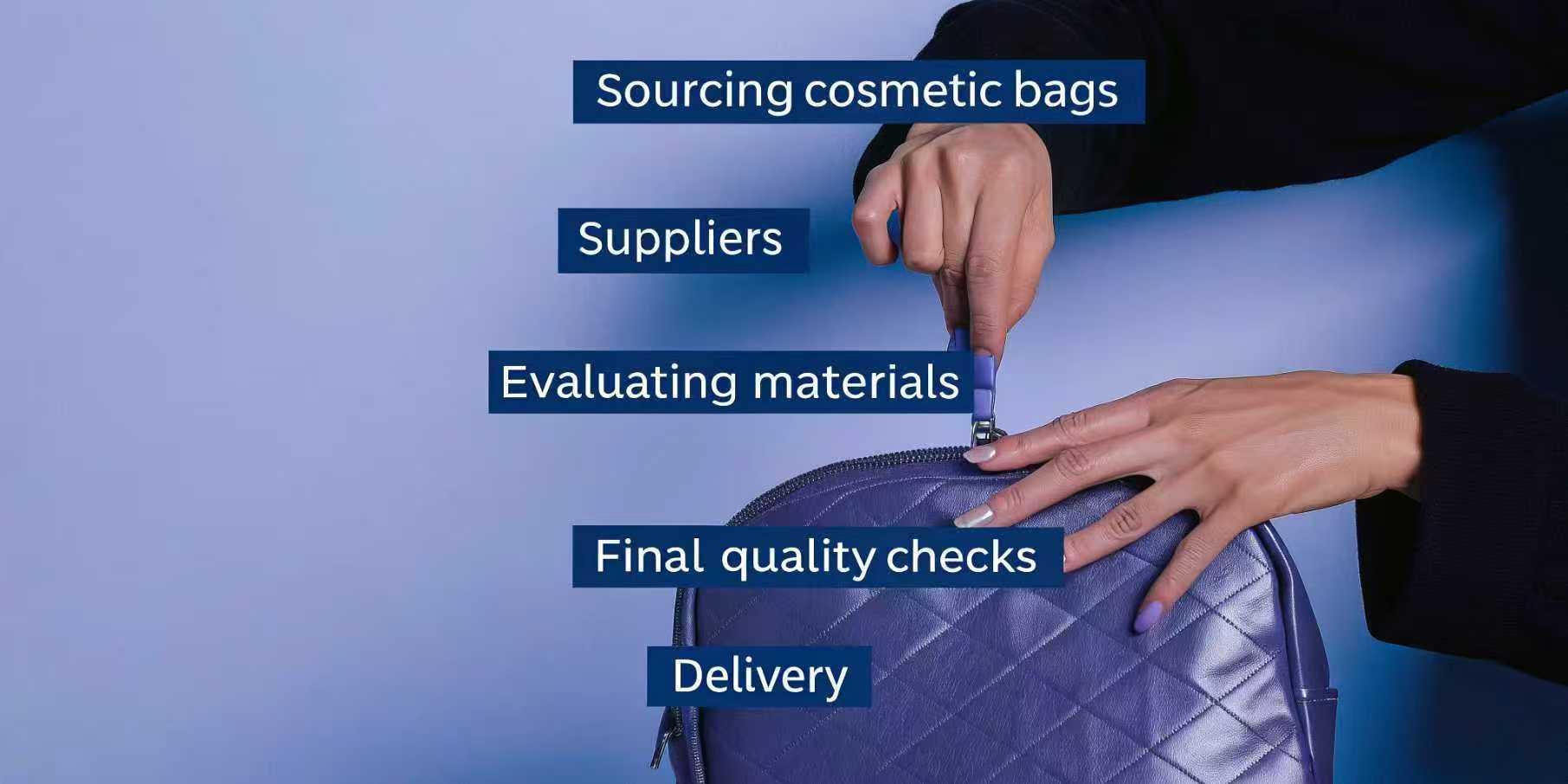
Sourcing is not a transaction; it's the start of a critical business relationship. As a packaging designer, you know that the final product is a direct reflection of every decision made along the way. Your role is not just to design, but to ensure that design is executed flawlessly. I believe the sourcing process is a creative partnership. I've worked with designers like you to bring complex visions to life, from sourcing a unique recycled textile to engineering a custom closure mechanism. This collaborative approach turns a simple sourcing task into an opportunity for innovation. At Rivta, we embrace this "co-creation" model. We don't just take your order; we work with you from the initial sketch to the final product, ensuring every detail aligns with your brand's high standards.
The Sourcing Process Deconstructed
- Define Your Product Specifications: Before you even talk to a supplier, you need a detailed brief. What are your non-negotiables? This includes materials (e.g., GRS-certified rPET), dimensions, features (e.g., waterproof lining, specific YKK zipper), branding requirements (e.g., Pantone-matched screen print), and your target cost. The clearer your vision, the better a supplier can meet it.
- Research and Create a Shortlist: Look for suppliers who specialize in the beauty and luxury space. Don't just rely on online directories. Look at who your respected competitors might be using. Check for certifications and case studies on their websites. A supplier with a strong "About Us" and clear mission, like our "Green Mission, Global Win-Win," shows they have a point of view.
- Vet Your Shortlist and Order Samples: This is the most crucial step. Never commit to a large order without seeing and feeling a physical sample. This is your chance to test the quality of the stitching, the feel of the material, and the function of the hardware. Pay attention to how the supplier communicates during this process. Are they responsive? Do they offer helpful suggestions? This is a preview of what working with them will be like.
Pricing for Profit: How do you price wholesale makeup bags for maximum margin?
Setting the right price is a balancing act. Price too high, and you scare away customers. Price too low, and you leave money on the table and devalue your brand.
Price your bags by first calculating your complete landed cost per unit. Then, use a value-based approach. Analyze the market, your brand's position, and the bag's unique features to set a retail price that ensures a healthy profit margin.
Many brands make the simple mistake of using a basic keystone markup (doubling the wholesale cost) without considering all the factors. Pricing is a strategic tool that communicates your brand's value. I worked with a luxury skincare brand that developed a beautiful makeup bag made from a premium, recycled material. Based on cost alone, they planned to price it at $25. I advised them to consider its value: the sustainable story, the high-end feel, and the perfect pairing with their $100 moisturizers. We positioned it as a premium accessory, priced it at $40, and it became a bestseller. Your price should reflect the quality of the product and the story you're telling. It’s not just about covering costs; it’s about capturing the value you’ve created through thoughtful design and sourcing.
Calculate Your Foundation: Landed Cost
As we discussed, you must know your true, all-in cost per bag before you can price it. This is your "cost of goods sold" or COGS. It includes the unit price, shipping, tariffs, and any other direct costs. This number is the absolute floor for your pricing strategy.
Build Your Pricing Strategy
- Cost-Plus Pricing: This is the simplest method. You add a fixed percentage markup to your landed cost. For example, if your landed cost is $5, a 300% markup (a 4x multiplier) would give you a retail price of $20. This ensures profitability but can ignore market realities.
- Competitor-Based Pricing: This involves looking at what similar products in the market are selling for. It's important for positioning, but be careful not to just copy. Your bag may have superior features or a better sustainability story that justifies a higher price.
- Value-Based Pricing: This is the most strategic approach, ideal for brands like yours. It prices the product based on the perceived value to the customer. Does it have unique features? Is it made from an innovative, sustainable material? Does it enhance the customer's experience with your core products? This method allows you to capture the highest margins because it aligns price with quality and brand story.
The Ultimate Sourcing Checklist: What should you look for in a wholesale makeup bag supplier?
Choosing the right supplier is the most important decision you'll make. A bad supplier can cause delays and quality nightmares. A great one becomes a partner in your brand's growth and success.
Look for a supplier with proven expertise in your niche, strong communication skills, verifiable quality and ethical certifications, and a collaborative approach. They should be a partner who understands your brand's vision, not just an order-taker.
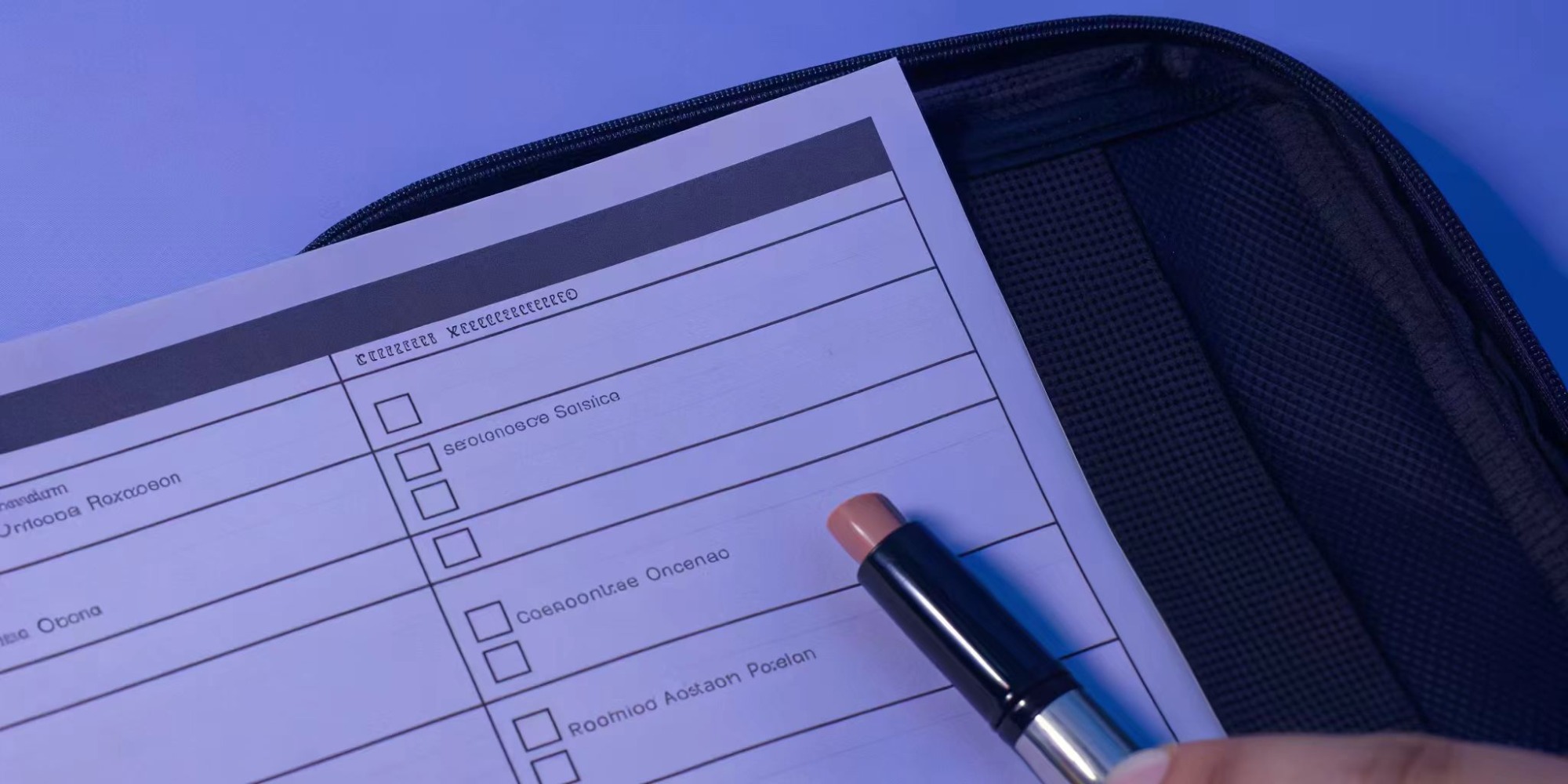
This checklist is born from my years of experience helping designers find the right manufacturing partners. It goes beyond the basics of price and lead time. I've seen firsthand that the best supplier relationships are built on shared values and a commitment to co-creation. For a designer like you, who bridges luxury and sustainability, finding a supplier who speaks both languages is critical. They need to understand the details of a high-end finish while also providing the documentation to back up sustainability claims. This checklist is designed to help you identify a true partner, like Rivta, who will invest in your success, contribute to your design process, and help you build a product that you and your customers will love.
Your Go/No-Go Checklist
Use this table to evaluate potential suppliers. A strong "yes" across most of these categories indicates a promising long-term partner.
| Criteria | What to Ask / Look For | Why It's Critical |
|---|---|---|
| 1. Expertise & Specialization | Do they have a portfolio of work with similar beauty or luxury brands? | They understand your quality standards, materials, and market demands. |
| 2. Communication | Is there a dedicated contact who is fluent in your language and responds promptly? | Clear, proactive communication prevents costly errors and delays. |
| 3. Quality Control | Can they provide a detailed overview of their inspection process, from materials to final? | Ensures product consistency and protects your brand from defective merchandise. |
| 4. Ethical Certifications | Do they have certifications like Sedex or BSCI to verify ethical labor practices? | Protects your brand’s reputation and ensures your products are made responsibly. |
| 5. Material Certifications | Can they provide GRS, FSC, or Organic content certifications for their materials? | Verifies sustainability claims, which is crucial for building customer trust. |
| 6. Design Collaboration | Do they have an in-house design or engineering team to help problem-solve and prototype? | They act as a true partner, helping you improve your product and innovate. |
| 7. Prototyping & Sampling | Is their sampling process clear, timely, and reasonably priced? | Physical samples are non-negotiable for verifying quality before a bulk order. |
| 8. Scalability & Capacity | Can they handle both your initial small order and future large-scale production runs? | You need a partner who can support your brand as it grows. |
Conclusion
Understanding the true cost of wholesale makeup bags goes beyond the price. Focus on value, quality, and partnership to find a supplier who protects your margins and elevates your brand.

